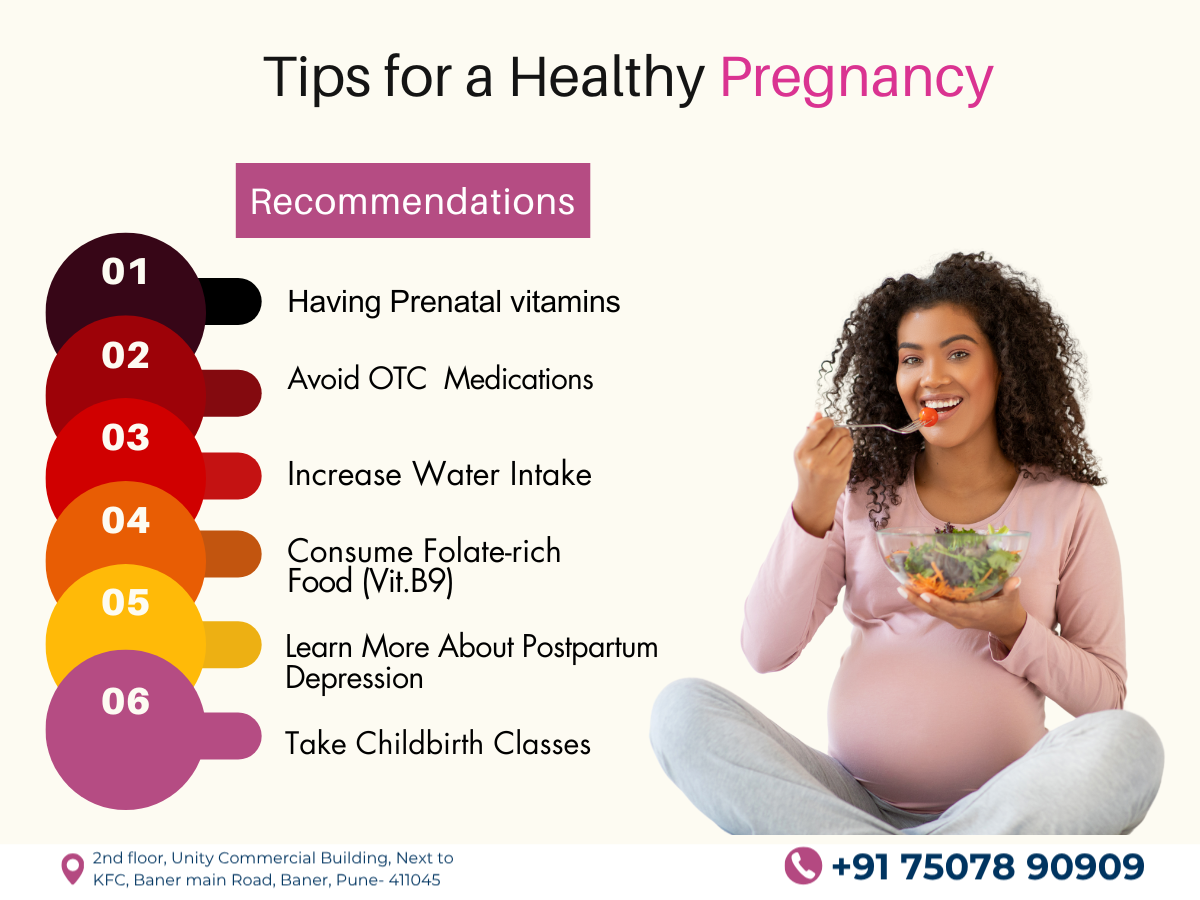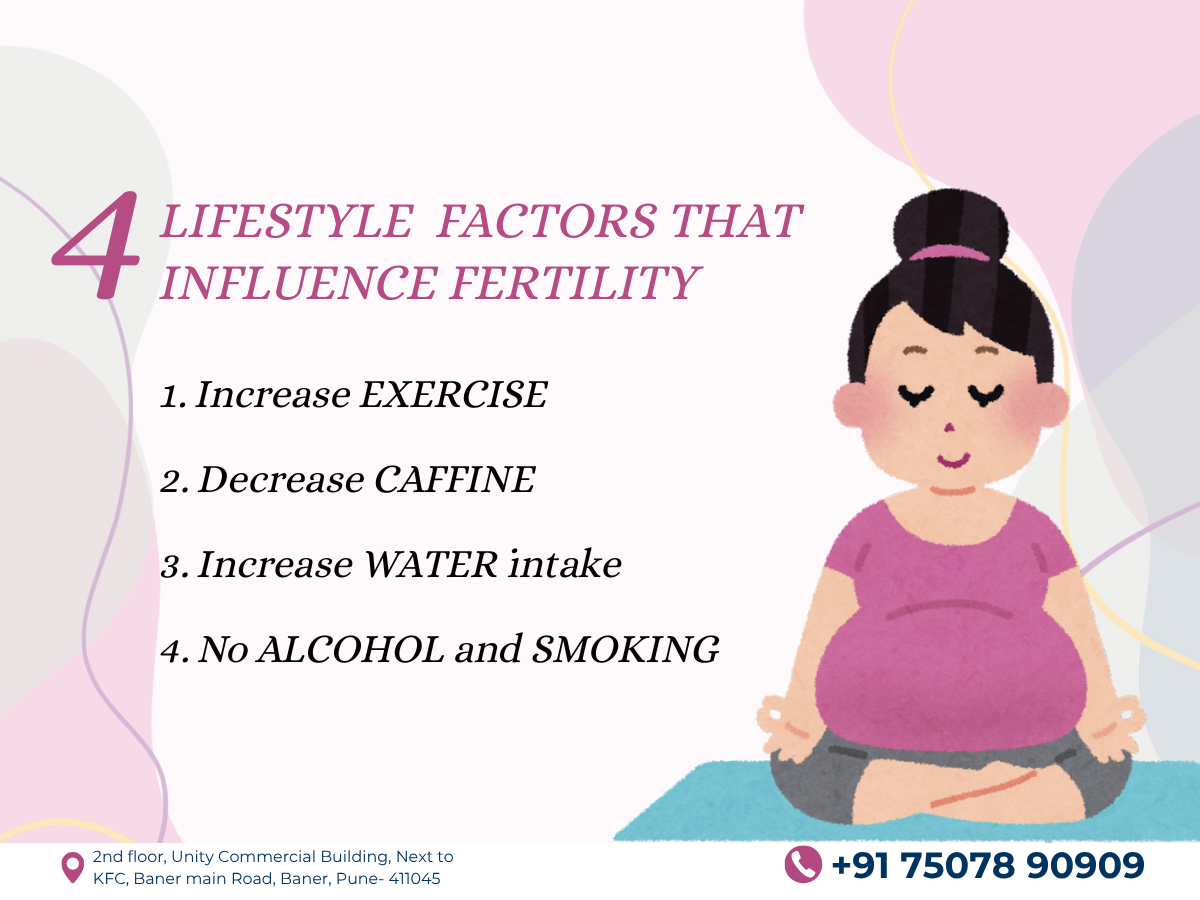Welcome to 0 to 9 Women’s Care & Fertility Center...
Our Services
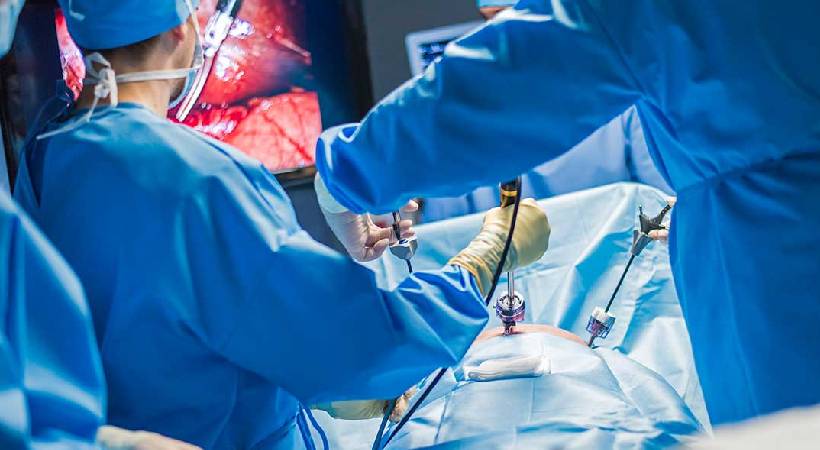
Introduction:
Ectopic pregnancy occurs when a fertilized egg implants and grows outside the uterus, most commonly in the fallopian tube. Laparoscopic ectopic pregnancy surgery is a minimally invasive procedure to treat this potentially life-threatening condition. The most common surgical approach is laparoscopic salpingectomy, where the affected fallopian tube is removed. This procedure preserves fertility as much as possible and minimizes complications, such as rupture and internal bleeding.
Causes:
The primary cause of ectopic pregnancy is when the fertilized egg fails to travel into the uterus and instead implants in the fallopian tube or other locations. Key contributing factors include:
- Infections: Pelvic inflammatory disease (PID) or sexually transmitted infections (STIs) can cause scarring in the fallopian tubes, increasing the risk of ectopic pregnancy.
- Previous tubal surgeries: Tubal ligation or other surgeries may affect the function of the fallopian tubes.
- Fertility treatments: Procedures like in vitro fertilization (IVF) may increase the risk.
- Hormonal imbalances: Abnormal hormone levels can affect the movement of the embryo through the fallopian tubes.
- Smoking: Smoking damages the fallopian tubes, increasing the chances of an ectopic pregnancy.
Symptoms:
The symptoms of ectopic pregnancy can vary but typically include:
- Abdominal or pelvic pain: Often felt on one side, near the affected fallopian tube.
- Vaginal bleeding: Light bleeding or spotting may occur.
- Shoulder pain: Pain in the shoulder can signal internal bleeding, especially if the ectopic pregnancy has ruptured.
- Dizziness or fainting: These are signs of shock due to internal bleeding from a ruptured ectopic pregnancy.
- Pain during urination or bowel movements: When the ectopic pregnancy is near the bladder or rectum.
Diagnosis:
Diagnosis is made through:
- Pelvic ultrasound: The most common method for detecting an ectopic pregnancy, showing the location of the pregnancy outside the uterus.
- Blood tests: A human chorionic gonadotropin (hCG) blood test measures pregnancy hormone levels. In ectopic pregnancy, these levels rise more slowly or plateau compared to a normal pregnancy.
- Laparoscopy: In some cases, a laparoscopy may be used for both diagnosis and treatment. It allows the surgeon to directly observe the fallopian tubes and other organs.
Treatment:
The main treatment options for an ectopic pregnancy include:
- Methotrexate: A non-surgical treatment option where methotrexate (a chemotherapy drug) is used to stop the growth of the pregnancy. This is only effective in early, unruptured ectopic pregnancies and when the woman is stable.
- Laparoscopic surgery: The preferred surgical method for treating ectopic pregnancies, particularly when the pregnancy is advanced or has ruptured.
Laparoscopic Salpingectomy:
Salpingectomy refers to the removal of the fallopian tube that contains the ectopic pregnancy. It is the most common procedure for treating ectopic pregnancy and is performed using laparoscopy.
Procedure: Under general anesthesia, small incisions are made in the abdomen. A laparoscope (a thin tube with a camera) is inserted, allowing the surgeon to view the inside of the abdomen. The affected fallopian tube is then removed. If the ectopic pregnancy has ruptured, the surgeon also addresses any internal bleeding to prevent further complications.
Benefits of Laparoscopic Salpingectomy:
- Minimally invasive: Small incisions lead to less scarring and faster recovery compared to traditional open surgery.
- Shorter recovery time: Most patients are able to go home the same day or within 1-2 days.
- Reduced risk of complications: Laparoscopy is associated with less bleeding, fewer infections, and a lower risk of damaging surrounding organs compared to open surgery.
Fertility Considerations: Although the removal of a fallopian tube reduces fertility on that side, many women are still able to conceive naturally with the other tube intact. In some cases, the remaining tube may be able to function normally, allowing for future pregnancies.
Risks and Complications:
While laparoscopic surgery is relatively safe, there are potential risks:
- Infection: An infection may occur at the incision sites or internally.
- Bleeding: Excessive bleeding can occur, especially if the fallopian tube ruptures before surgery.
- Injury to surrounding organs: In rare cases, the bladder, bowel, or blood vessels may be accidentally injured.
- Damage to future fertility: Removing a fallopian tube may affect a woman’s ability to conceive, but many women can still have a successful pregnancy with one healthy tube.
- Recurrent ectopic pregnancy: Women who have had an ectopic pregnancy are at higher risk of having another one in the future.
Recovery:
After laparoscopic surgery, the recovery process is typically quick:
- Hospital stay: Most women can go home on the same day or after 1-2 days of observation.
- Pain management: Mild to moderate pain can be controlled with over-the-counter pain medications. Stronger pain relievers may be used in the initial hours after surgery.
- Activity restrictions: Women are advised to avoid heavy lifting, strenuous physical activities, or sexual intercourse for a few weeks.
- Follow-up care: A follow-up visit is necessary to monitor hormone levels (hCG) to ensure that all ectopic tissue has been removed and no further complications have occurred.
Conclusion:
Laparoscopic ectopic pregnancy surgery is a highly effective and minimally invasive treatment option, with laparoscopic salpingectomy being the most common approach for removing the affected fallopian tube. This technique offers several benefits, including less pain, smaller incisions, and faster recovery compared to traditional open surgery. While the removal of a fallopian tube may impact future fertility, many women can still conceive with the remaining fallopian tube. Early diagnosis and prompt treatment are essential to prevent life-threatening complications, such as rupture and internal bleeding, and to protect a woman’s reproductive health.
We’d love to hear from you !
Our Gallery
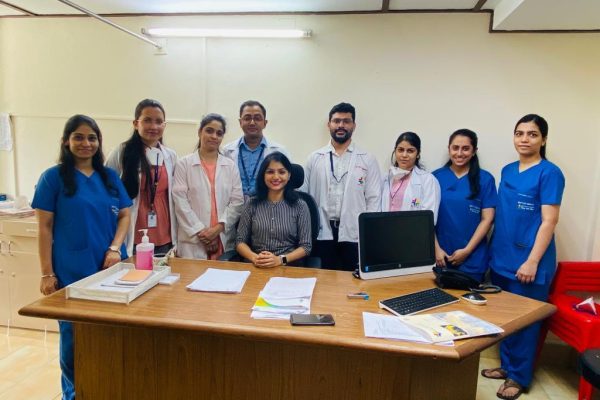



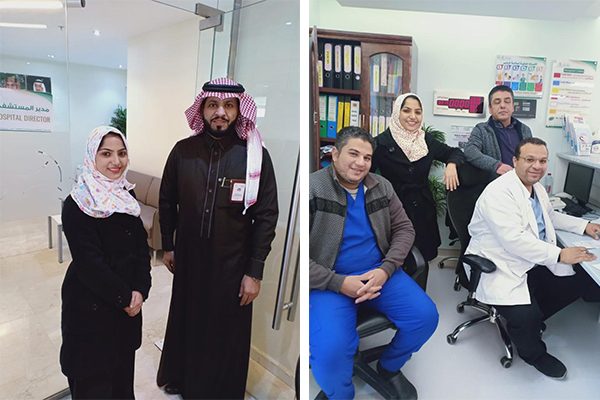



Unveiling New Horizons in Fertility, One Article at a Time
🌸 Tips for a Healthy Pregnancy –
Pregnancy is one of the most beautiful journeys in a...
When Your Clock is Off: Understanding and
A woman’s menstrual cycle is often described as a perfect...
4 Lifestyle Factors That Influence Fertility
When it comes to improving fertility and achieving a healthy...


